Understanding Fabric Drape
Put simply, drape refers to how a fabric falls and behaves when worn. It can range from stiff and structured to soft and flowing.
Drape plays a really important role in shaping the look and feel of a garment. You could sew the same pattern twice using two different fabrics, and depending on the level of drape, you could end up with two completely different results.
Levels of drape
Fabrics can range from very fluid and soft to stiff and structured. Choosing the incorrect level of drape for a particular design can significantly impact the overall look of a garment. Too little drape can make a garment appear stiff, boxy, or rigid. On the other hand, too much drape may result in a garment looking loose, shapeless, or clingy.
Here is a general overview of the different levels of drape and their suitability for various garments.
- High (fluid) drape: Examples include silk, georgette, and crepe. A fabric with a high level of drape is soft, fluid, and flowy, forming many small folds when hanging. It falls close to the body when worn. This level of drape is perfect for styles with gathering, flowy skirts, and dresses.
- High to mid drape: Consider lightweight cotton, like voile. This level of drape is slightly crisper than high drape fabrics but still soft. It hangs relatively close to the body when worn and is great for garments where a balance of structure and softness is wanted, like shirts. It also works well with gathers.
- Mid drape: Typical fabrics include mid-weight linen and cotton (like poplin or lawn), and some fleece. This level of drape sits somewhere between flowy and crisp, offering versatility. It is slightly structured yet soft, with the ability to hold some shape. It falls more straight and away from the body when worn and doesn’t cling. It is suitable for everyday clothing such as tops, pants, or dresses.
- Mid to low: Common choices are linen, corduroy, or twill. They hang away from the body when worn with noticeable structure. These fabrics are well suited to structured pieces like semi-fitted trousers or jackets that strike a balance between shape and movement.
- Low drape: Think along the lines of denim or canvas. These fabrics are stiff and structured, falling outward from the body and maintaining a defined silhouette. These fabrics are ideal for sculpted or shaped garments like winter coats and blazers, as well as bags.
What to consider when selecting the right level of drape
- Recommended fabrics: Most patterns suggest fabrics for a reason, so this is the best place to start. These recommendations are typically matched to the intended drape and style.
- Garment style: The style and silhouette of the garment dictate how much movement, structure, or body you want in the fabric.
- Design elements: Look for features like gathering, pleats, darts, or pockets. If working with a pattern, a good place to identify these is in the technical drawings.
- Movement: Consider how the garment will be worn and how it should move. Should it flow freely, swing, or maintain its shape?
- Consider the fabric’s weight: The weight (or density) of a fabric can be a good starting point for assessing drape and how a fabric might behave. Generally speaking, heavier fabrics are more structured and durable, while lighter fabrics tend to be softer and more fluid. This is best used as a guide, as there are some exceptions. For instance, organza is a lightweight fabric but has very little drape. On the other hand, some heavier-weight satins can drape beautifully.
Fabric weight is typically measured in grams per square metre (GSM). A higher GSM indicates a heavier, denser fabric, while a lower GSM indicates a lighter, less dense fabric.
General categories include:-
- Lightweight (1–150 GSM): Includes high-drape fabrics such as cotton voile, chiffon, and silk. Ideal for flowy, delicate garments.
- Medium-weight (150–250 GSM): Includes mid-drape fabrics such as linen and cotton. Suitable for everyday garments.
- Heavyweight (250+ GSM): Includes low-drape fabrics like denim and canvas. Best for structured, hard-wearing pieces.
-
How to test a fabric’s drape
- Hang test: Hold a corner or edge of the fabric and let it hang naturally. High-drape fabrics will fall in soft folds close to the body, while low-drape fabrics appear stiffer and stand away. You can also cut small squares (at least 10 cm x 10 cm) and hang them from one corner. Leave them overnight, then observe how each fabric drapes. This method can be helpful when comparing multiple fabric types.
- Drape over an object: Place the fabric on a mannequin, chair back, or over a closed fist. If it follows curves closely, it has high drape. If it creates angles or sticks out, it has low drape.
- Gather the fabric: You can do this by actually sewing some rows of gathering stitch, or by simply pinching the fabric along one edge and pulling it together to create rough gathers. High-drape fabrics form many soft gathers while low-drape fabrics create bulkier and stiffer gathers.
- Scrunch test: Lightly scrunch a piece of fabric in your hand and release, letting it recover and fall naturally. If it spreads out smoothly, it has high drape. If it holds its shape, it has low drape.
Whether you’re creating flowy summer dresses or structured outerwear, the way your fabric drapes really matters. Choosing the right level of drape makes sure your garment looks and fits the way it’s meant to.
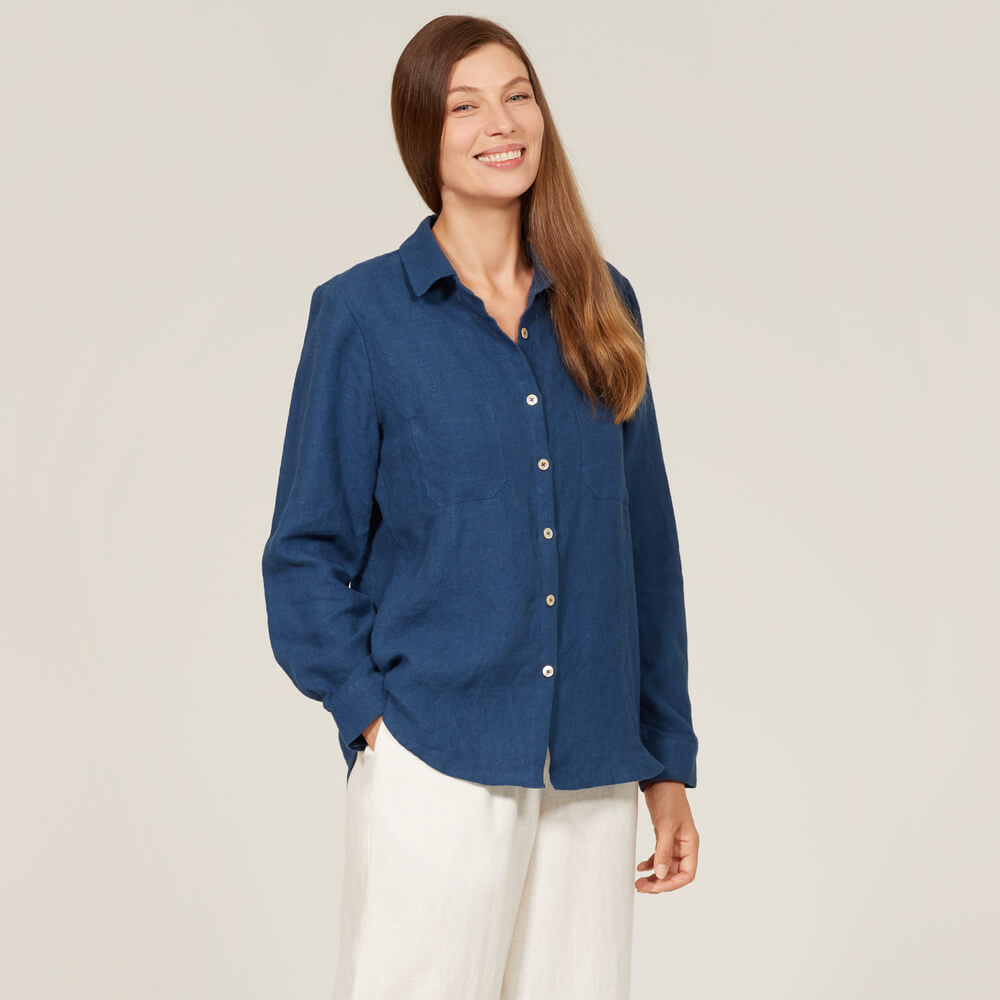

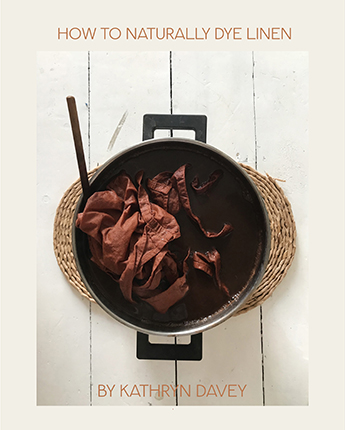
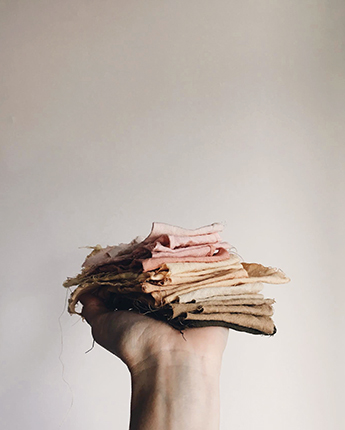

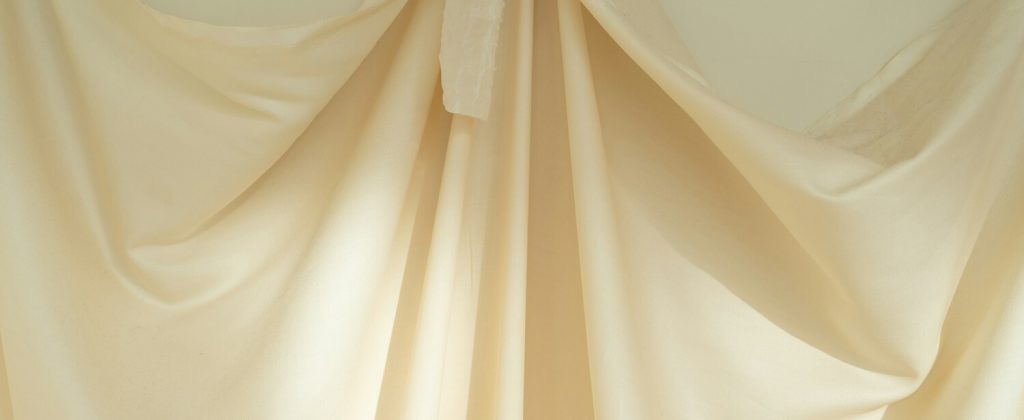
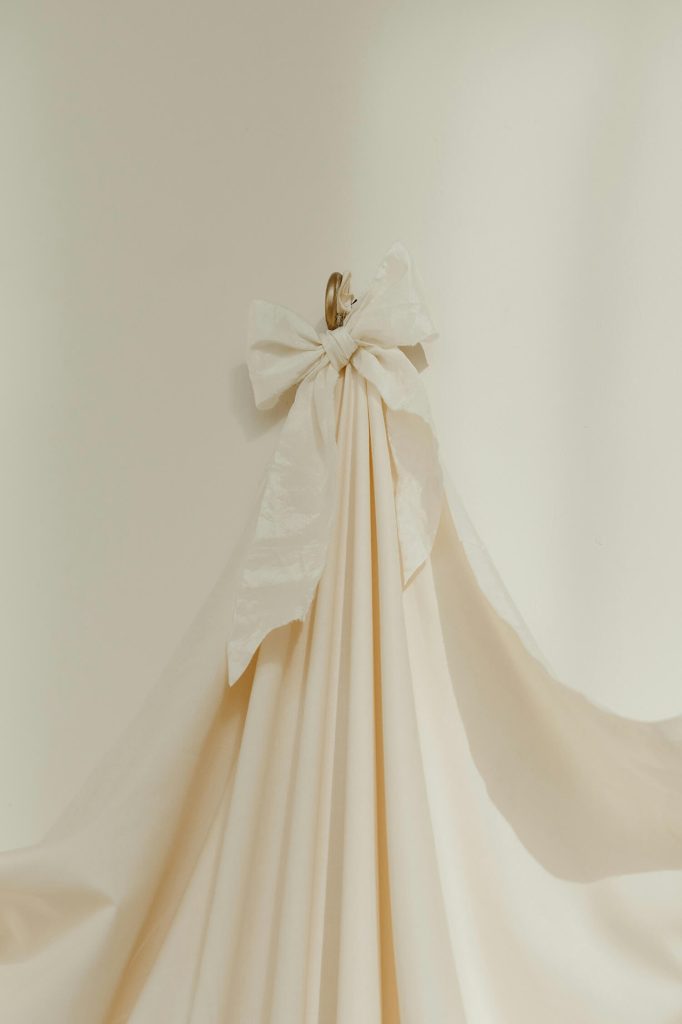
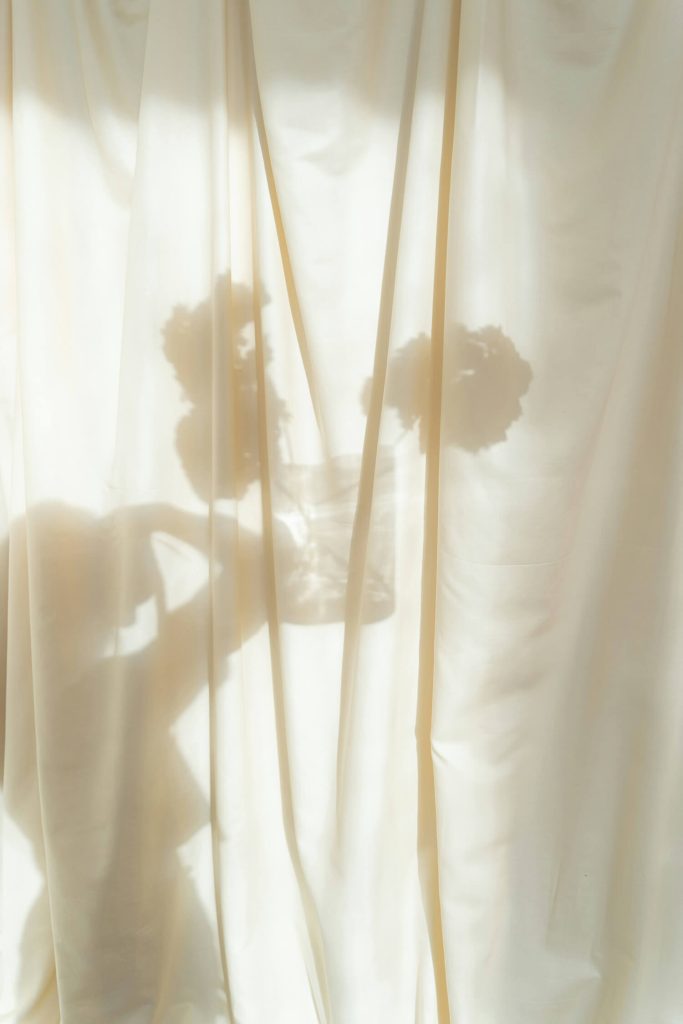
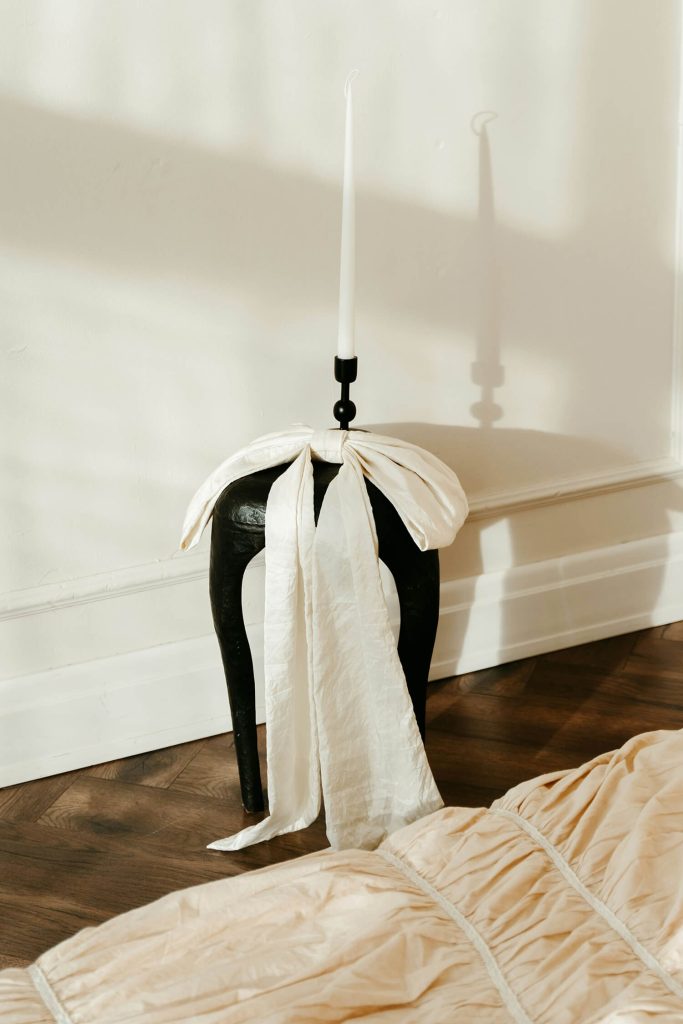

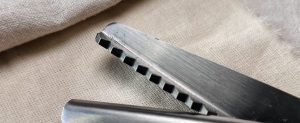
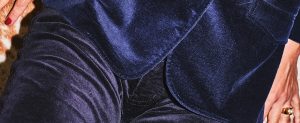

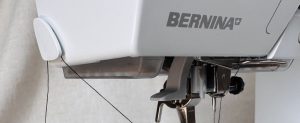
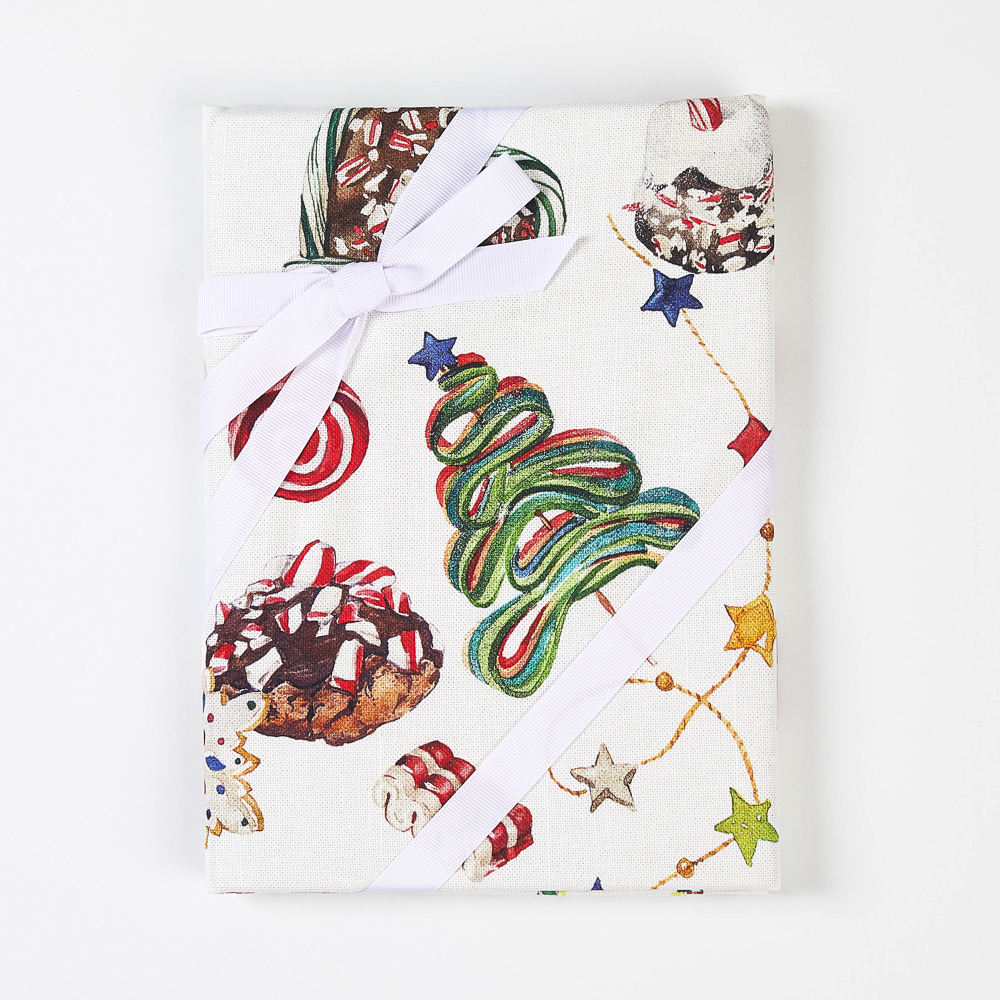

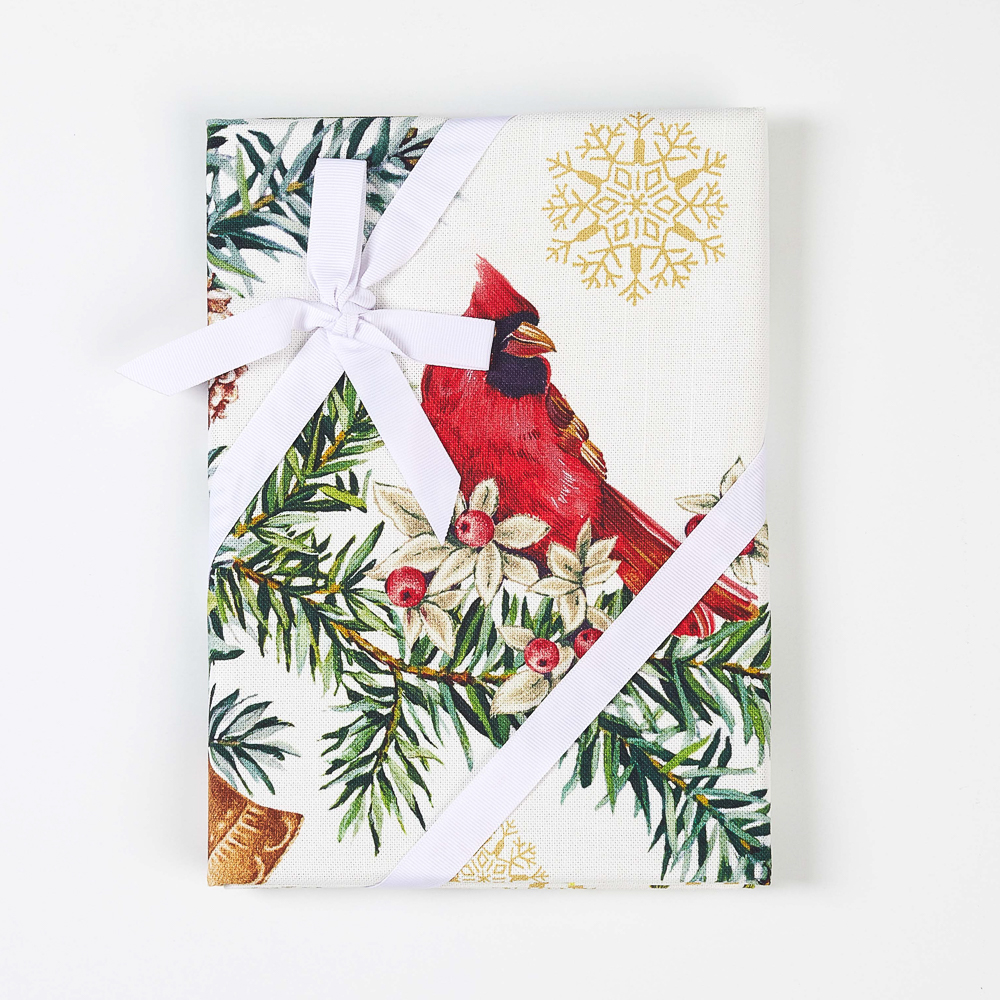
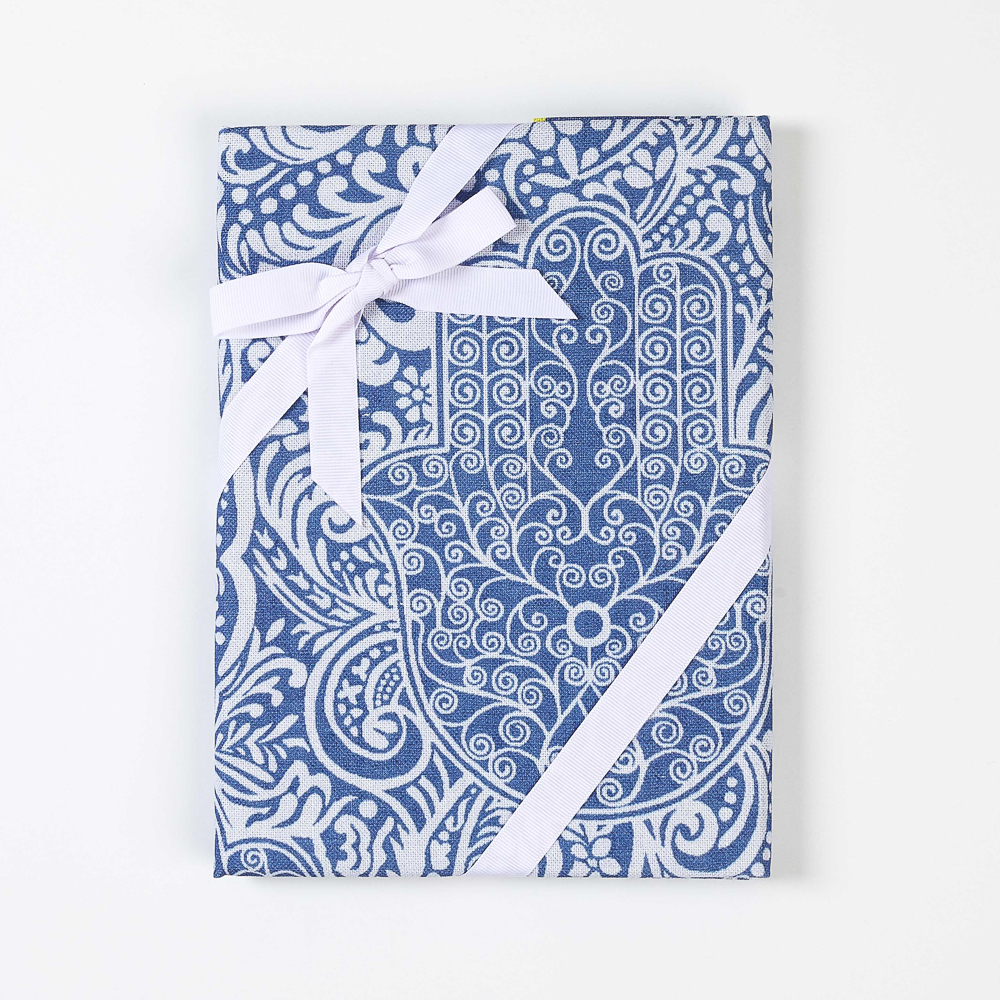

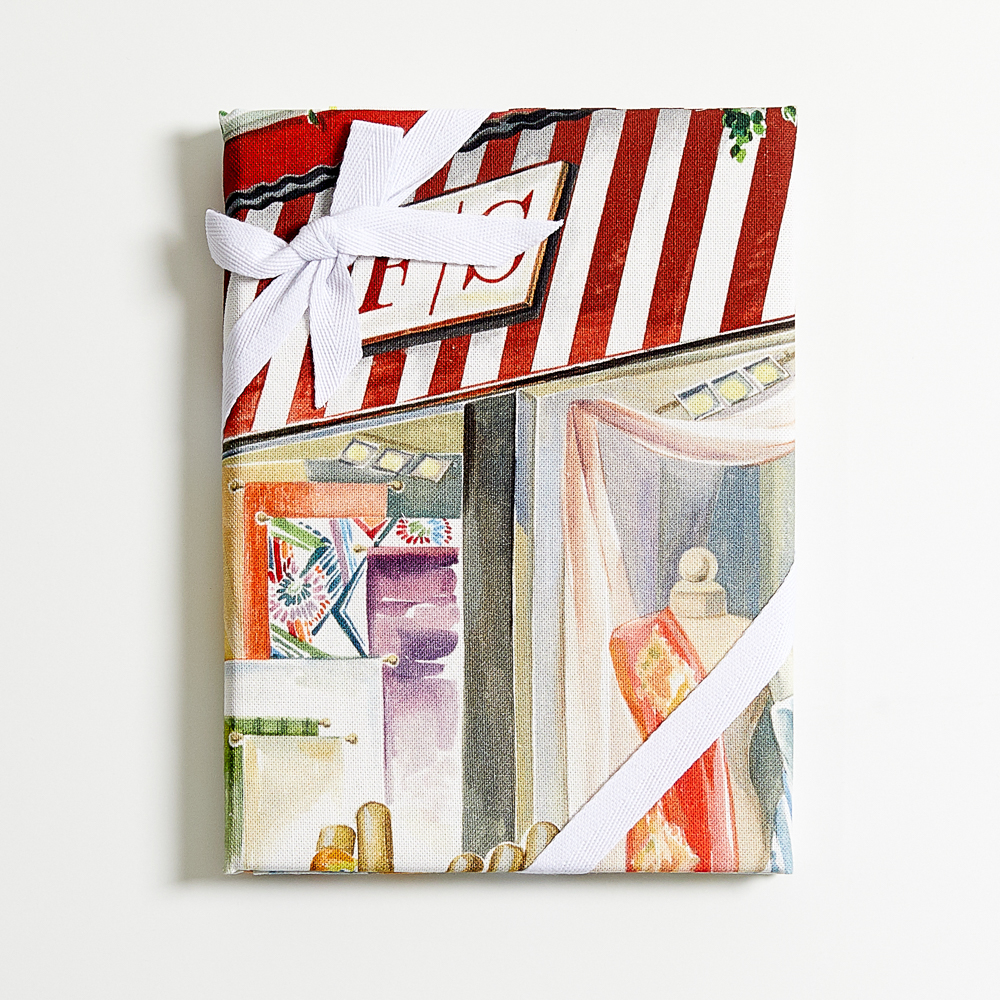
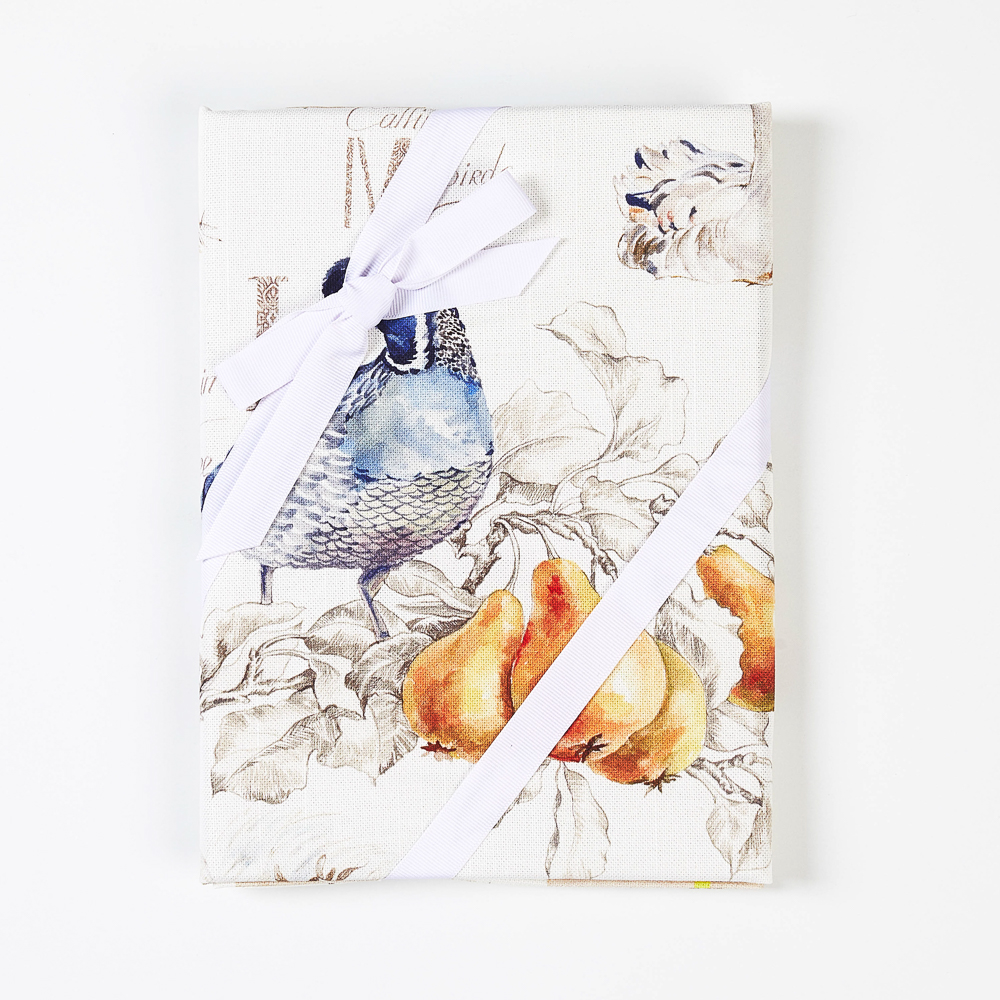
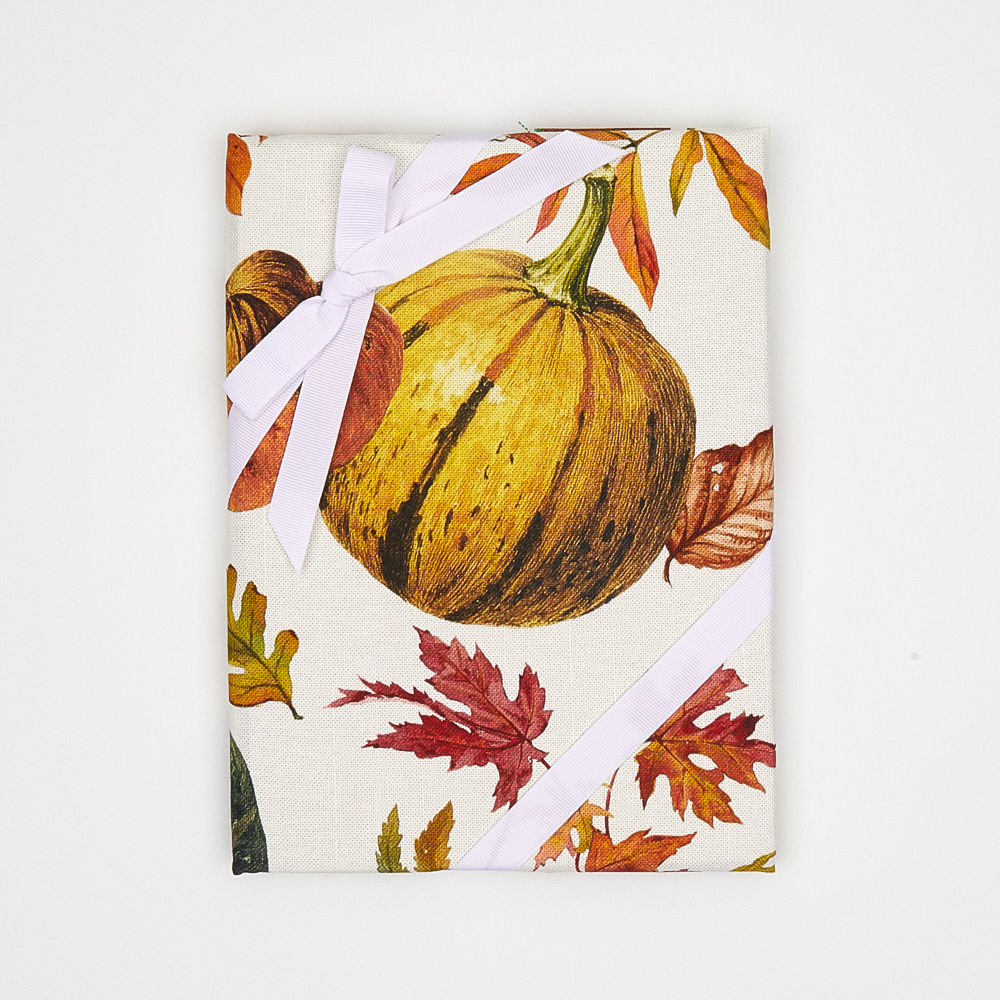
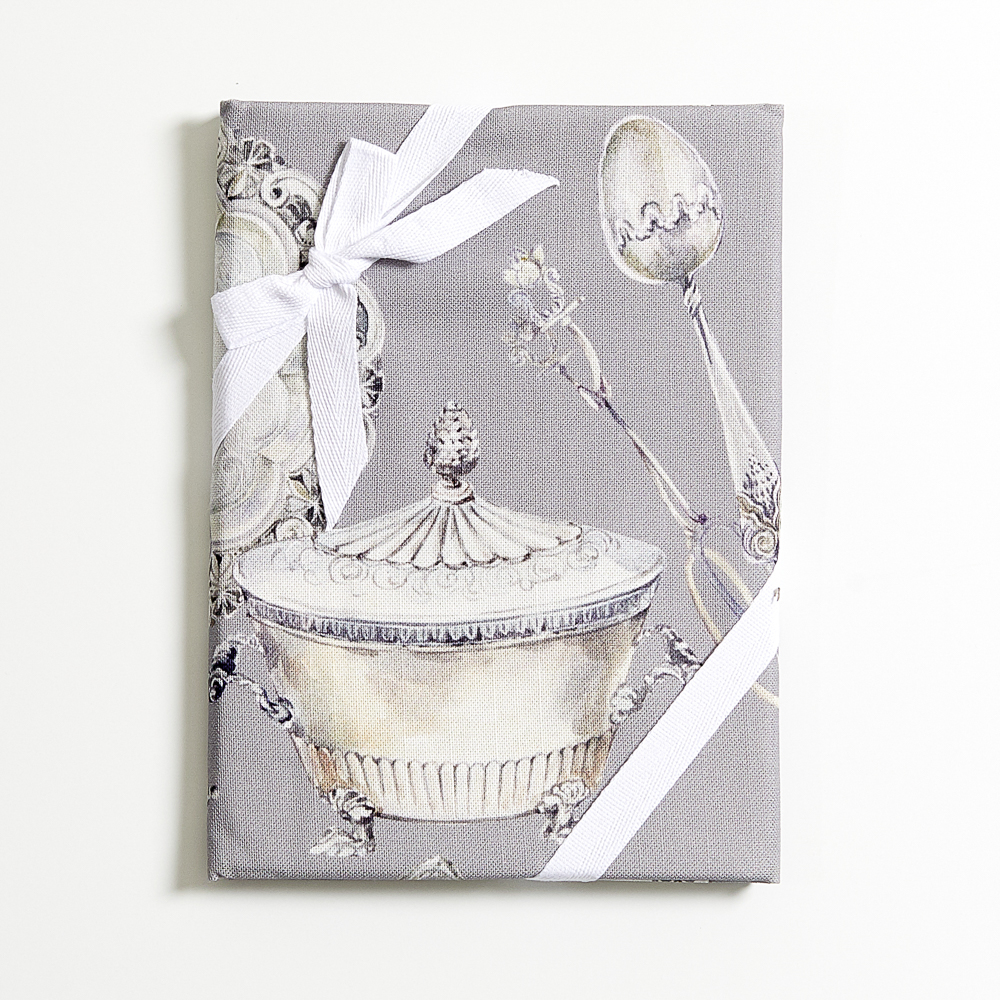
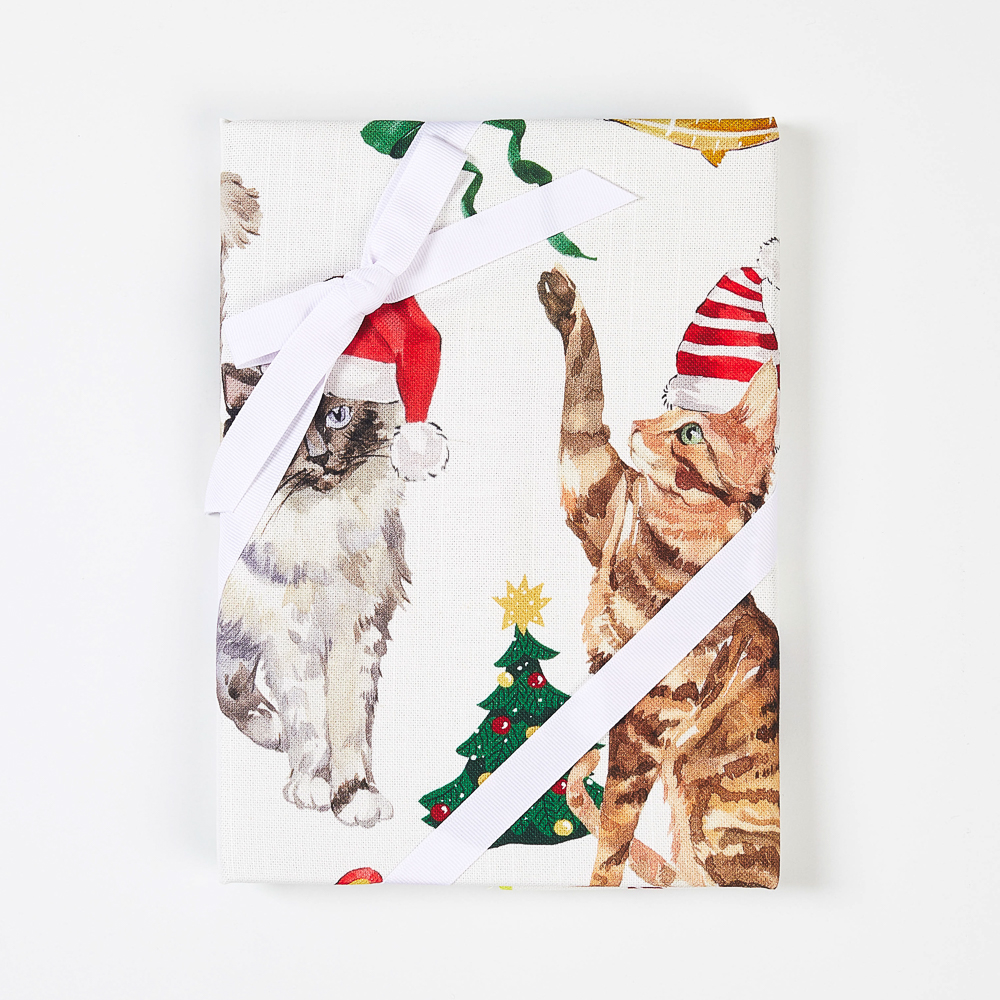

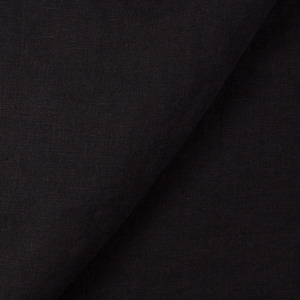

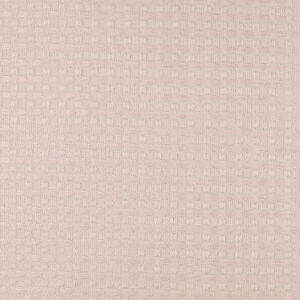
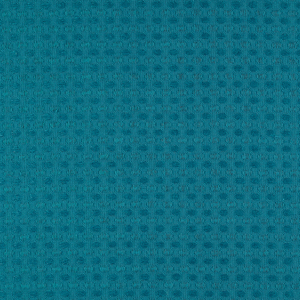
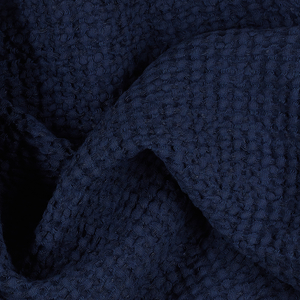
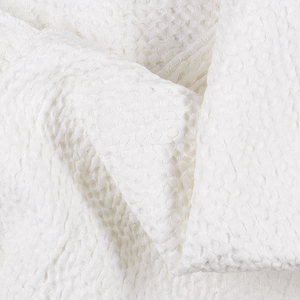

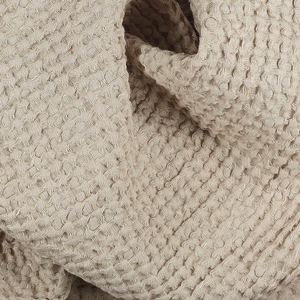


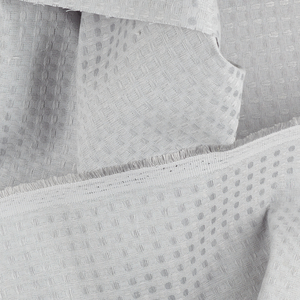

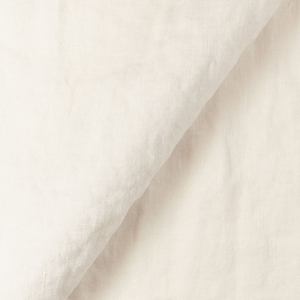
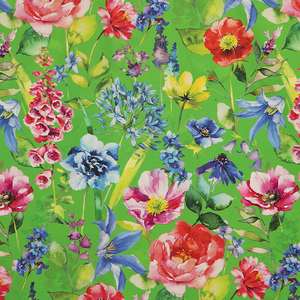
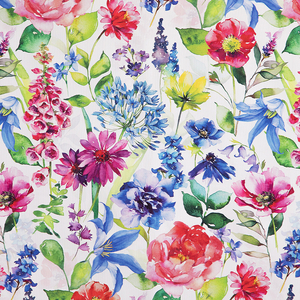
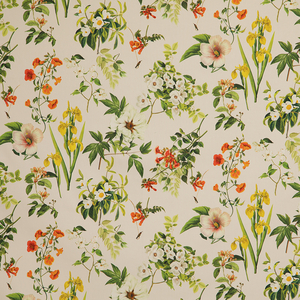
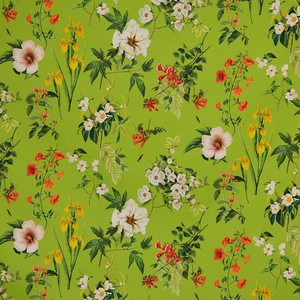
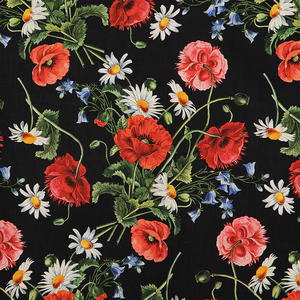

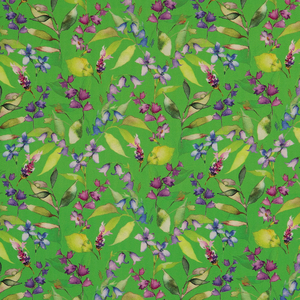
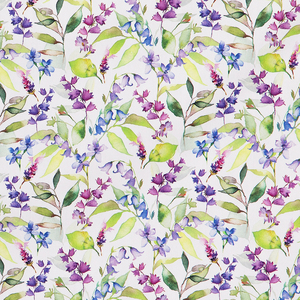
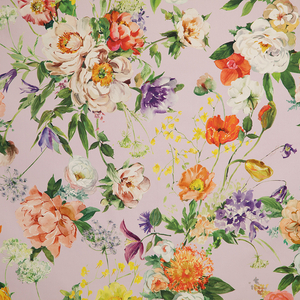
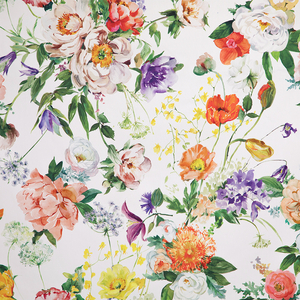


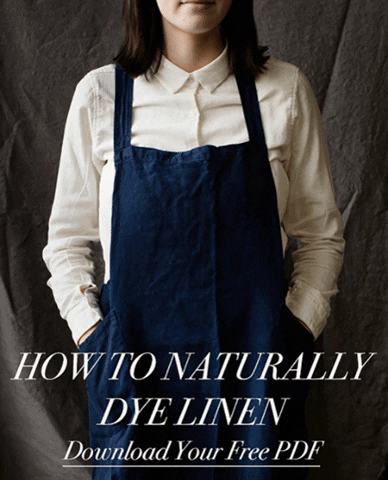

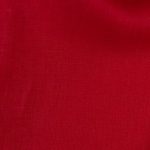
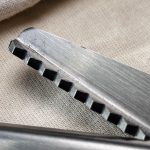
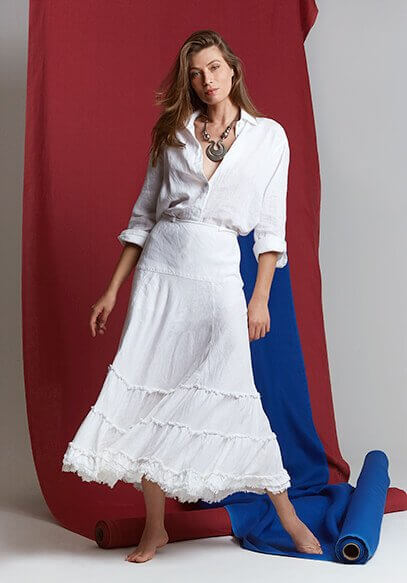
Leave a comment